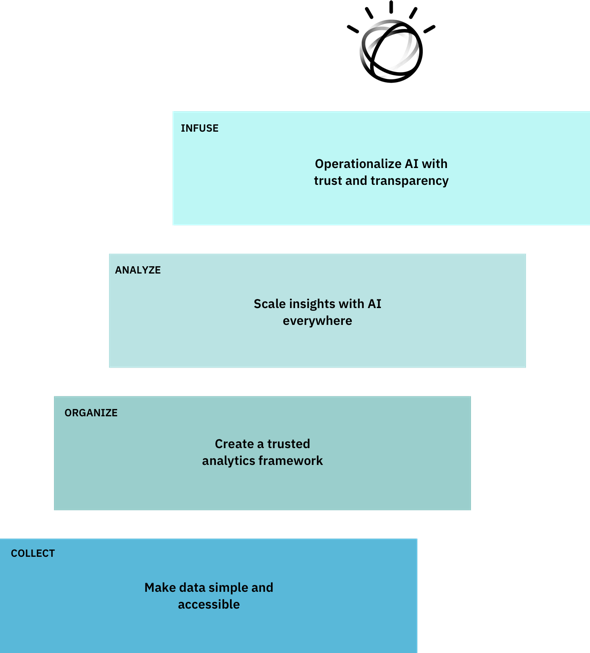Few would argue that companies operating across traditional industries (e.g., manufacturing, distribution, healthcare, and others) don’t need to elevate data as a strategic asset to remain competitive.
According to PwC, as the global marketplace becomes more competitive, and as companies look to embrace digital transformation to outpace their peers, sound data collection, governance, and architecture will play a key role in avoiding obsolescence. This includes establishing a modern data warehouse and deploying persona-centric dashboards that support the awareness, analysis, and action employees need to advance the business.
Unfortunately, many companies, especially those in the middle-market, are not yet wired for data. That is, they often lack the foundation of a modern data warehouse or data lake to streamline the process of adding business units and data sources in the buy-and-build model. Furthermore, most companies lack command of best-practices for dashboard development, opting for order-taking from SMEs or building topic-centric dashboards, rather than role-specific and narrative-driven dashboards. If a company hasn’t mastered fundamental data management and reporting, it is in no position to deploy more advanced data tools such as AI and machine learning. In fact, in the following spectrum of data capabilities, most companies never even find their footing in Descriptive Analytics. This is the greatest oversight hindering the progress of most businesses today.

What About Advanced Analytics?
The AI Ladder, a framework developed by IBM, outlines four steps that an organization must complete to optimally deploy AI and advanced analytics. The four steps, ordered from least to most sophisticated, include Collect, Organize, Analyze, and Infuse. Unfortunately, many companies are stuck on the Collect and Organize rungs. The reason is they’re hung up on the buzz words of “big data”, “Fourth Industrial Revolution”, and “artificial intelligence”, causing them to overlook the blocking and tackling that delivers ~80 percent of the value of business data. Rather than looking for a magic bullet in the form of AI, the most effective firms understand that the low-hanging fruit in their data is reliable, timely, and centralized reporting that keeps everyone in the organization acutely aware of their performance and focused on the highest value-creation priorities. The lesson here is don’t trip over dollars to pick up dimes, where dollars are operational dashboards and dimes are the misty vision of an artificial intelligence breakthrough.
IBM’s AI Ladder
So how does a mature company operating in a traditional industry start using their data as a strategic differentiator? How should they go about building a strong data foundation? By first focusing on the Collect and Organize rungs of IBM’s AI Ladder. When collecting and gathering data, removing silos is a great place to start. If a mid-market manufacturer is not able to quickly pull machine utilization or production quality from a data warehouse into a dashboard, it will be hard pressed to deploy machine learning algorithms to predict factory utilization and demand patterns anytime soon. Additionally, once data is properly gathered, it must be organized, integrated, and cleaned. The data in a data warehouse must be curated so end-users, analysts, and data scientists understand what’s in there and what it means. To manage and utilize data for competitive advantage, context and governance are paramount.
Climbing the first two rungs of the ladder, and by extension, establishing AI-readiness, requires a proven and intentional process to data governance and management. Deploying a cloud-based modern data warehouse that serves as a scalable, integrated repository or the “single source of truth” is a good place to start. It’s not uncommon for traditional, mid-market companies to have data scattered in miscellaneous Excel reports, ERPs, and other source systems. Establishing a central repository will also set the foundation for advanced analytics and will serve as a cornerstone for an organization climbing towards the fourth rung, Infuse.

Data Driven Culture
It’s a cliché, but you have to walk before you run. Companies looking to advance along the Gartner analytics continuum, must first master the lowest rungs of the ladder. A core step in this process is establishing a high-performance BI ecosystem that touches the right nerves throughout the organization daily, to change behavior and improve business outcomes. The goal is a culture empowered by a sense of ownership, shared accountability, and a common mission. And as an added bonus, becoming data-driven lays the foundation for the ever-impending AI revolution.
